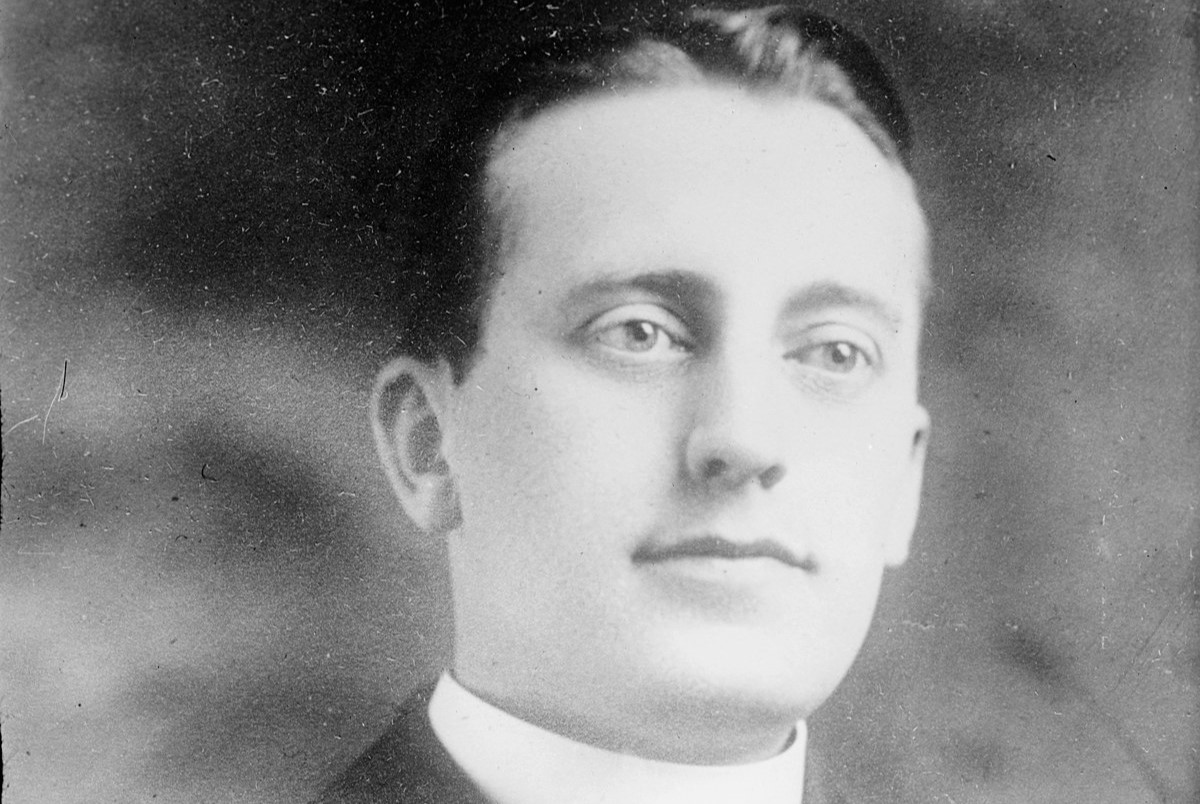
Who was Hans Schmidt? Hans Schmidt, a name that might not ring a bell for many, was a German-born Roman Catholic priest with a dark secret. Born in 1881, Schmidt moved to the United States, where he served in New York City. However, his life took a sinister turn when he became the only priest in U.S. history to be executed for murder. In 1913, Schmidt was convicted of killing his lover, Anna Aumüller, in a gruesome crime that shocked the nation. His story is a chilling blend of faith, betrayal, and violence, making it a haunting chapter in criminal history.
Key Takeaways:
- Hans Schmidt, a German-American priest, led a double life, committing a shocking murder that captivated the public and led to his execution. His story serves as a cautionary tale about the dangers of deception and the impact of criminal behavior on society.
- Schmidt's case had a lasting impact on the church, mental health support for clergy, and forensic science. His life continues to fascinate true crime enthusiasts and has been the subject of numerous books, articles, and documentaries.
Who Was Hans Schmidt?
Hans Schmidt was a German-American Roman Catholic priest who became infamous for his criminal activities. His life story is filled with shocking twists and turns that make it a compelling subject for anyone interested in true crime.
- Hans Schmidt was born on February 22, 1881, in Aschaffenburg, Bavaria, Germany.
- He was ordained as a Roman Catholic priest in 1904.
- Schmidt immigrated to the United States in 1909, seeking new opportunities.
- He served at St. Boniface Church in New York City.
- Schmidt was known for his charismatic personality and eloquent sermons.
The Dark Side of Hans Schmidt
Despite his religious duties, Schmidt led a double life that eventually led to his downfall. His criminal activities shocked the nation and left a lasting impact on the community.
- Schmidt began an illicit affair with Anna Aumüller, a housekeeper at St. Boniface Church.
- He secretly married Anna in a private ceremony, which was against the church's rules.
- Schmidt impregnated Anna, which complicated their secret relationship.
- He feared the scandal would ruin his career and reputation.
- On September 2, 1913, Schmidt murdered Anna by slitting her throat.
The Gruesome Crime
The murder of Anna Aumüller was not just a crime of passion; it was meticulously planned and executed. Schmidt's actions following the murder were equally horrifying.
- Schmidt dismembered Anna's body to conceal the crime.
- He placed her remains in multiple parcels and threw them into the Hudson River.
- The body parts were discovered by a boat captain, leading to a police investigation.
- Schmidt was arrested on September 14, 1913, after police traced the crime back to him.
- He initially confessed to the murder but later recanted, claiming insanity.
The Trial and Conviction
Hans Schmidt's trial was one of the most sensational cases of its time. The courtroom drama captivated the public and the media, making it a landmark case in criminal history.
- Schmidt's trial began on December 7, 1913.
- The defense argued that Schmidt was insane and not responsible for his actions.
- The prosecution presented overwhelming evidence, including Schmidt's confession and forensic evidence.
- The jury found Schmidt guilty of first-degree murder on February 5, 1914.
- He was sentenced to death by electric chair.
The Execution
The execution of Hans Schmidt marked the end of a shocking chapter in American criminal history. His death was a grim reminder of the consequences of leading a double life.
- Schmidt was executed on February 18, 1916, at Sing Sing Prison in New York.
- He was the only Roman Catholic priest ever executed in the United States.
- Schmidt's case led to increased scrutiny of the church's handling of clergy misconduct.
- His story has been the subject of numerous books, articles, and documentaries.
- Schmidt's life and crimes continue to fascinate true crime enthusiasts.
Legacy and Impact
Hans Schmidt's actions had a lasting impact on both the church and the community. His story serves as a cautionary tale about the dangers of leading a double life.
- The Catholic Church implemented stricter guidelines for clergy conduct following Schmidt's case.
- Schmidt's crime highlighted the need for better mental health support for clergy members.
- His story has been used in criminology courses to study the psychology of criminal behavior.
- Schmidt's case remains one of the most infamous in New York's criminal history.
- His life has been the subject of various fictional adaptations, including novels and films.
Lesser-Known Facts
While the main events of Hans Schmidt's life are well-documented, there are several lesser-known facts that add depth to his story.
- Schmidt was an accomplished linguist, fluent in multiple languages.
- He had a keen interest in medicine and often posed as a doctor.
- Schmidt was known to forge documents, including his marriage certificate to Anna.
- He had a history of violent behavior even before immigrating to the United States.
- Schmidt's case inspired changes in forensic science, particularly in the identification of dismembered bodies.
Final Thoughts on Hans Schmidt
Hans Schmidt's life was a mix of mystery and infamy. Born in Germany, he became the only Catholic priest executed in the United States. His crimes shocked many, especially given his religious role. Schmidt's story reminds us that appearances can be deceiving. His actions, from forging documents to committing murder, left a dark mark on history. While his life ended on the electric chair, the tales of his deeds continue to intrigue and horrify. Understanding Schmidt's life offers a glimpse into the complexities of human nature and the potential for darkness in unexpected places. His story serves as a chilling reminder of the thin line between good and evil. As we reflect on these facts, it's clear that Schmidt's legacy is one of caution and contemplation.
Frequently Asked Questions
Was this page helpful?
Our commitment to delivering trustworthy and engaging content is at the heart of what we do. Each fact on our site is contributed by real users like you, bringing a wealth of diverse insights and information. To ensure the highest standards of accuracy and reliability, our dedicated editors meticulously review each submission. This process guarantees that the facts we share are not only fascinating but also credible. Trust in our commitment to quality and authenticity as you explore and learn with us.


